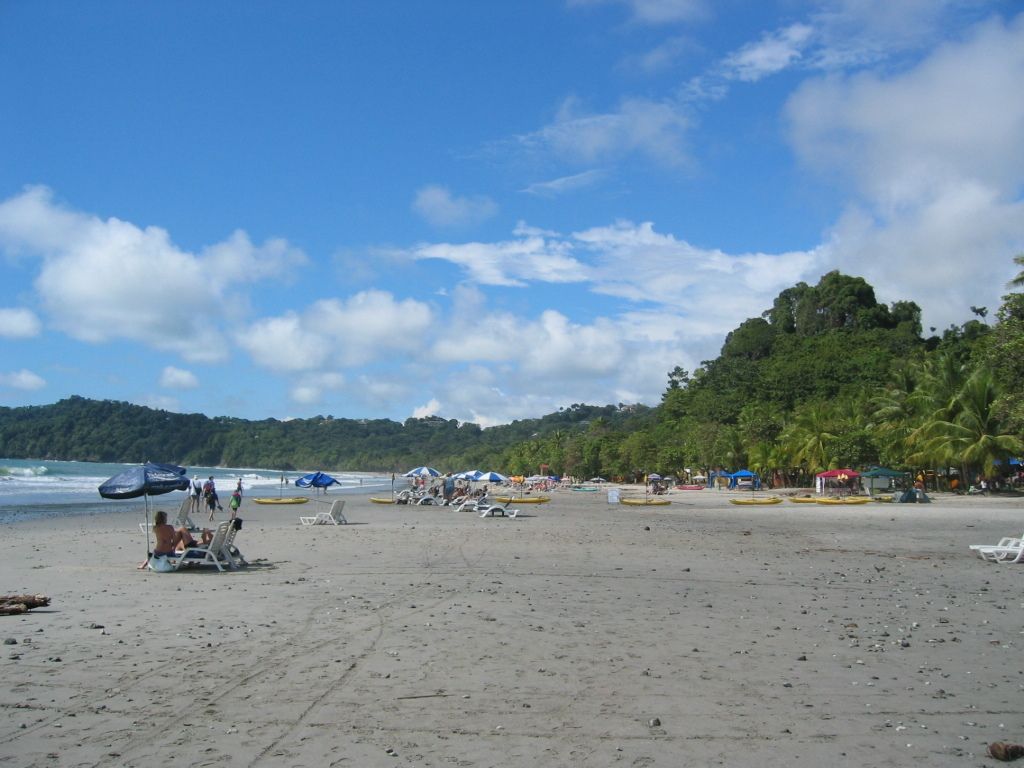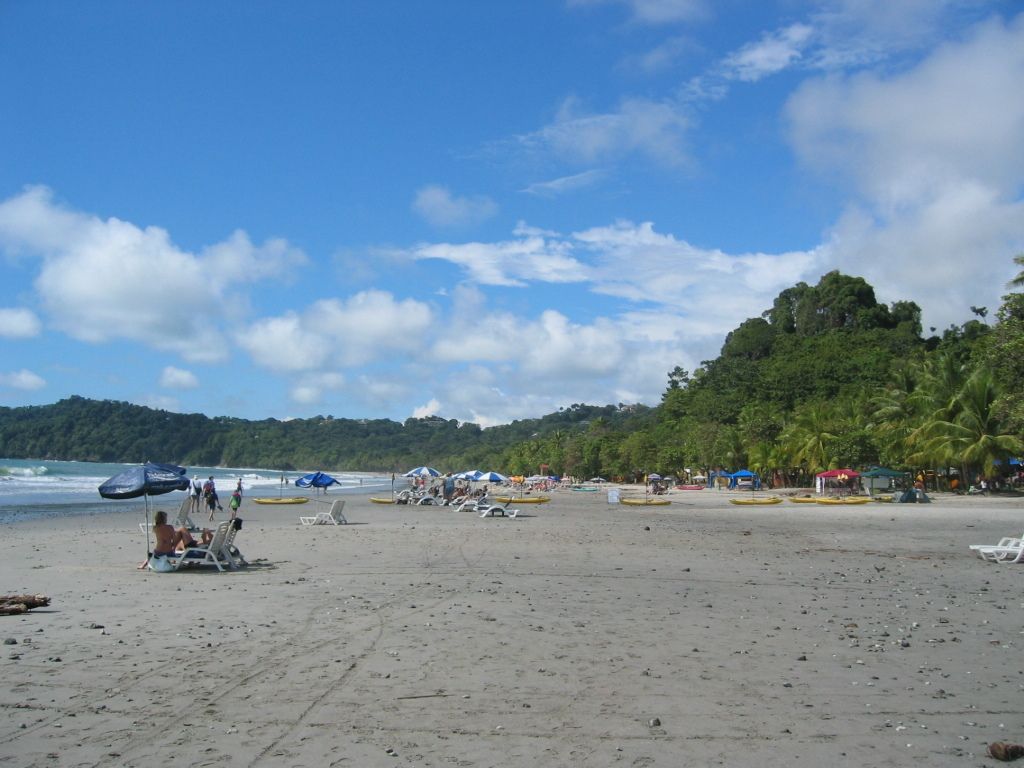"Have Russian citizens been left in shock following Naibullina's statements about potential price doubles?"
Get Ready to Adjust Your Wallet: Central Bank's Forecast May Alter Your Spending Habits
Central Bank head Elvira Nabullina has dropped a bombshell on the budgets of many Russians. By 2025, prices could skyrocket by 7-8%, and by 2026, the growth is predicted to slow down to a mere 3-4%. Here's what this could mean for the average Joe.
The current inflation rate in March remains stubbornly above 10%. While there's been a slight dip, the annual inflation rate still hovers around 7%. appearances can be deceiving, though. If you've purchased a fridge or a smartphone this year, you might have noticed the price increase was minimal, only about 2%. But don't be fooled – food and services, like fixing the ol' apartment or sending the kids to school, are now 10% more expensive. Why the discrepancy?
Loans, incomes, and... washing machines Turns out, the price of durable goods like appliances is heavily influenced by loans. When the Central Bank raised interest rates, fewer loans were taken out, thus demand dropped, and so did the price growth. However, food and services are a different ballgame. Here, it's all about income. If wages are rising, people are likely to eat out, fix their homes, or enroll their kids in extracurricular activities. Ergo, prices are on the rise.
But here's the twist: the decrease in inflation won't be even across the board. For example, milk prices might drop while utility bills and education costs remain steady. And that's why the Central Bank isn't quite ready to call the victory dance just yet. "Risks remain," asserts Nabullina emphatically. "To return to 4%, time and some hard-nosed policies are needed."
What to expect by 2026? If all goes according to plan, inflation should reach the target level of 4% by 2026. But until then, prepare for surprises. You may notice that the price of a new fridge isn't increasing as much as a doctor's visit to the dentist. That's the "heterogeneity" the Central Bank is referring to.
It's hardly a picture of reassurance, but there might be a silver lining: high interest rates can help curb excessive borrowing, and despite uneven income growth, the demand for services remains relatively strong. The big question, though: will the Russian population have the fortitude to endure these two years?
Additional Insights:
In yesterday's press briefing, Central Bank Governor Elvira Nabullina emphasized the heterogeneity of prices across different sectors, indicating that the inflation reduction process won’t be uniform. This could yield uneven impacts on the ability of Russian consumers to afford certain goods and services.
The Central Bank's decision to keep interest rates high is an attempt to control inflation, but it may come at the cost of reduced borrowing and lower consumer spending. Ultimately, this could impact economic growth. However, despite the forecasted continued inflation, there remain reasons for cautious optimism, such as ongoing income growth and consumer demand, particularly within the services sector.
Based on the Central Bank's forecast, inflation might likely decrease to 4% by 2026, but its impact could be heterogeneous, affecting certain goods and services more than others. The price of durable goods like washing machines might slow down in growth due to decreased borrowing after interest rate hikes, yet food and services could continue to rise due to income levels. However, the ability of Russian consumers to afford these goods and services could differ, as the inflation reduction process may not be uniform across sectors. Despite the potential negative implications on economic growth due to reduced borrowing and consumer spending, there remains cautious optimism due to ongoing income growth and consumer demand, particularly within the services sector.





